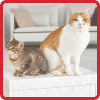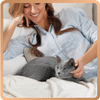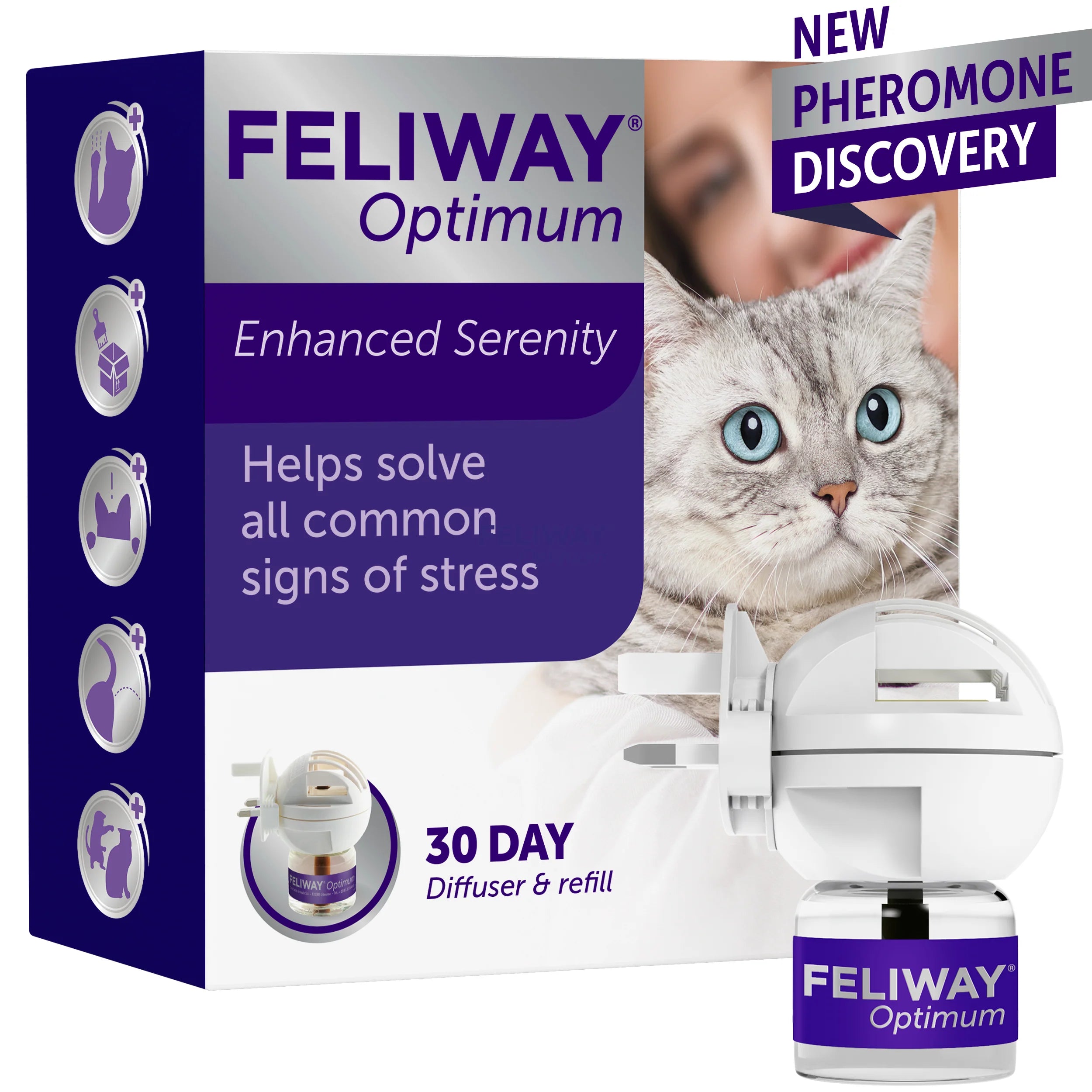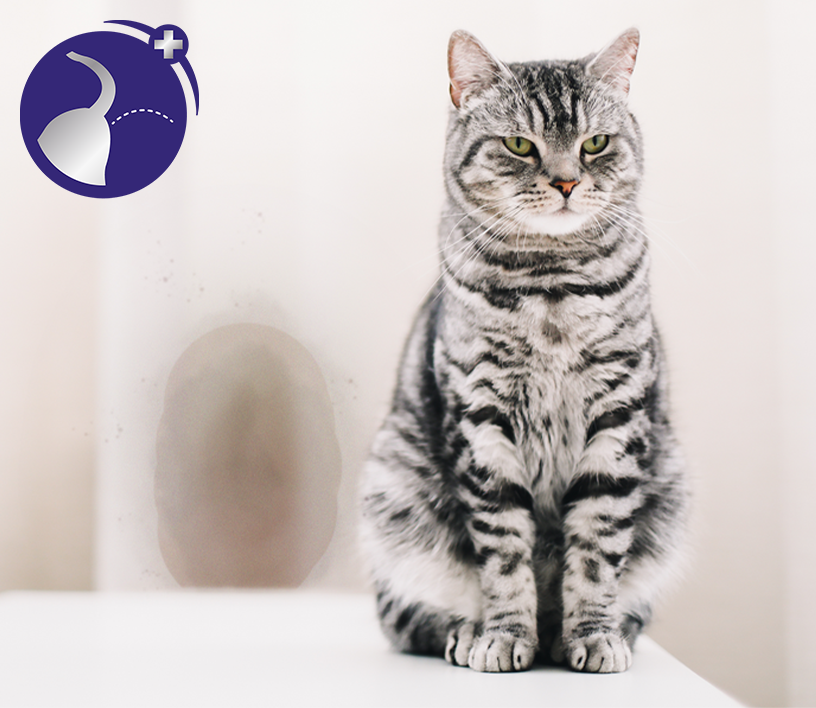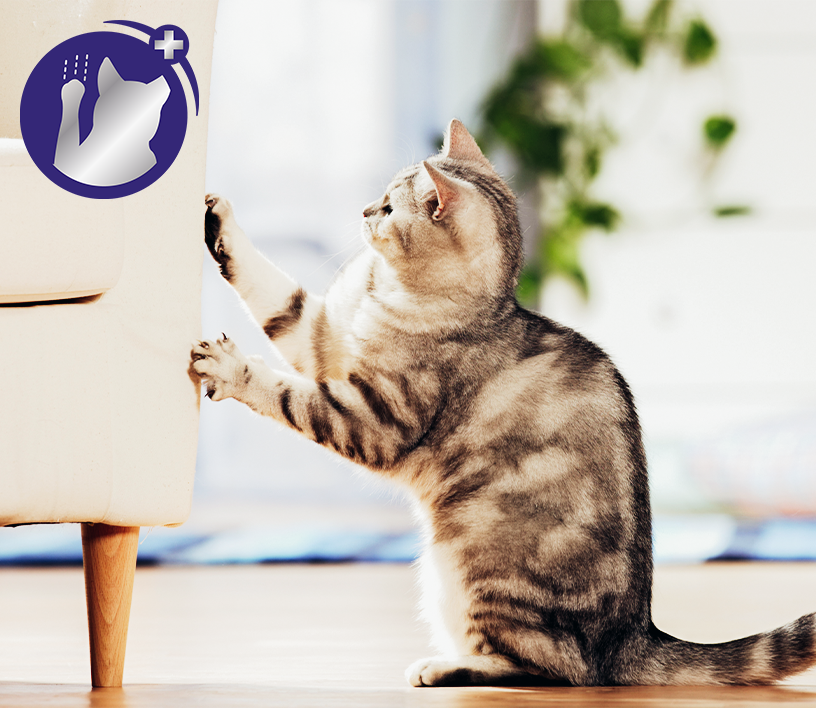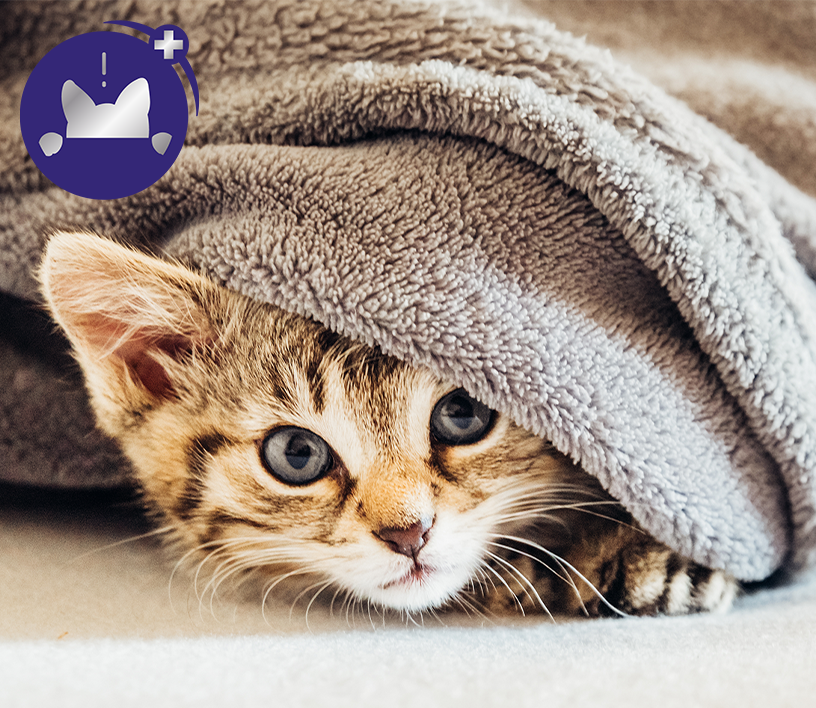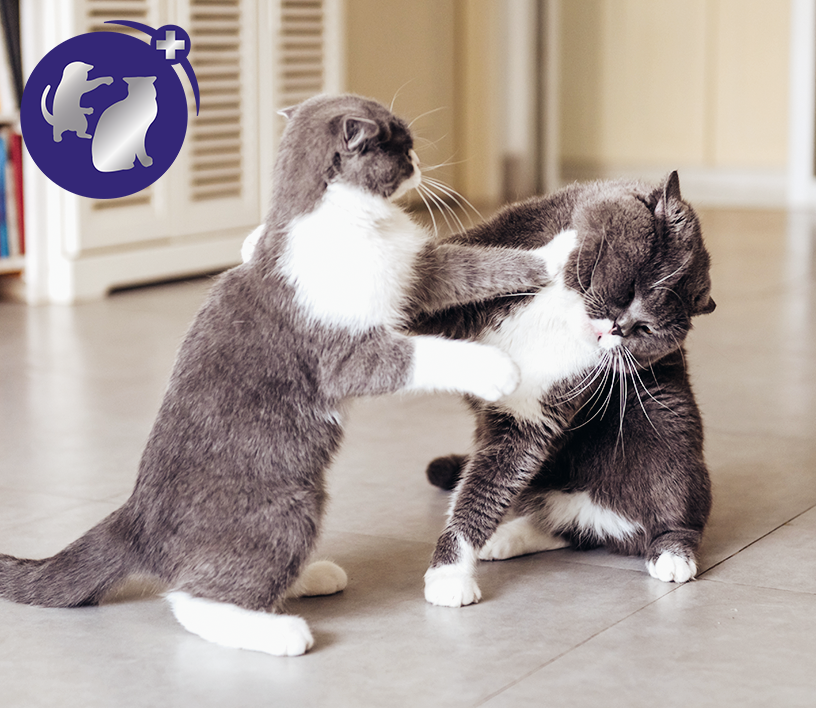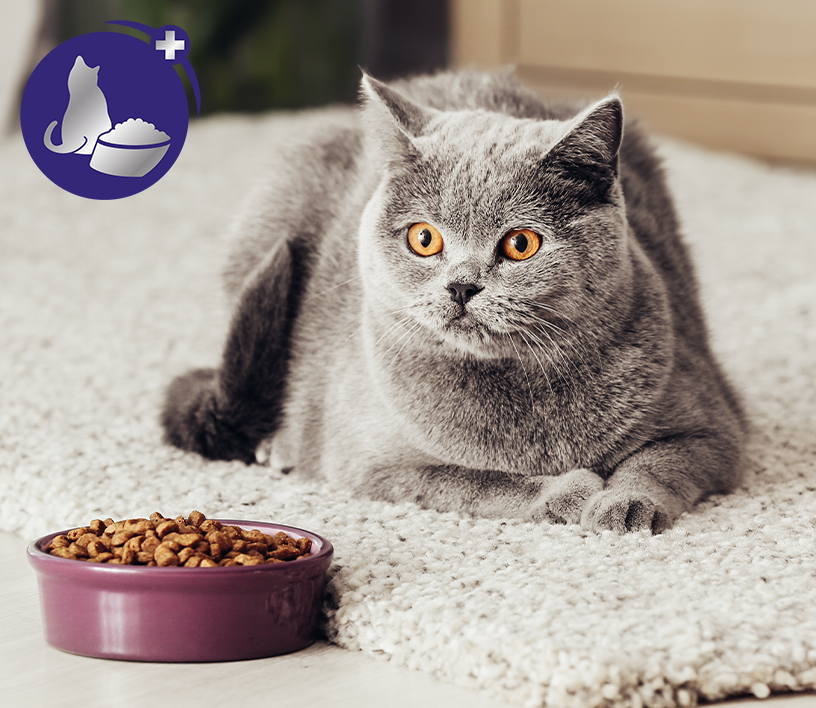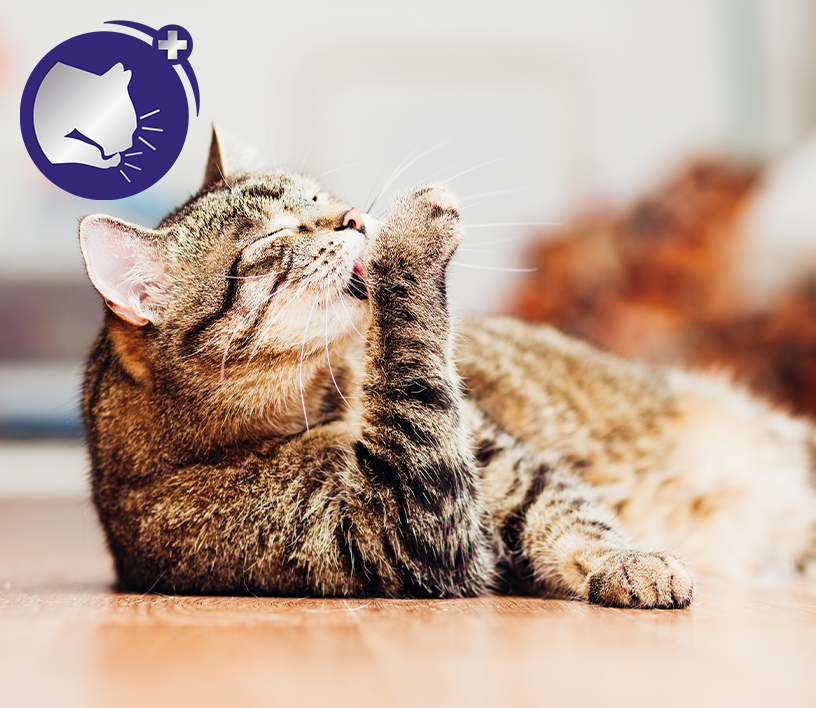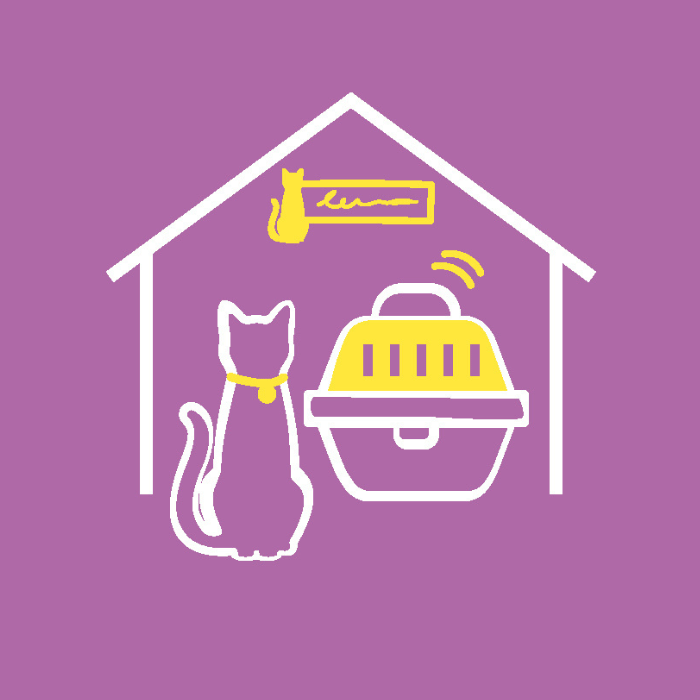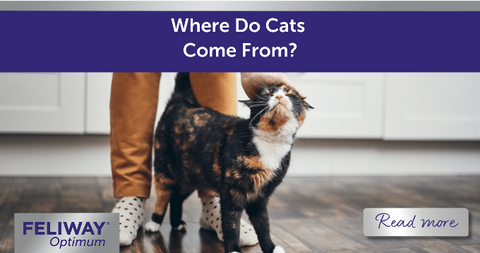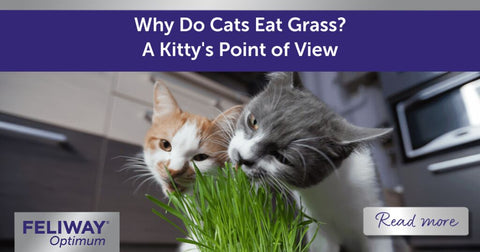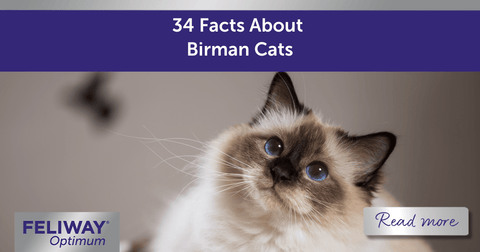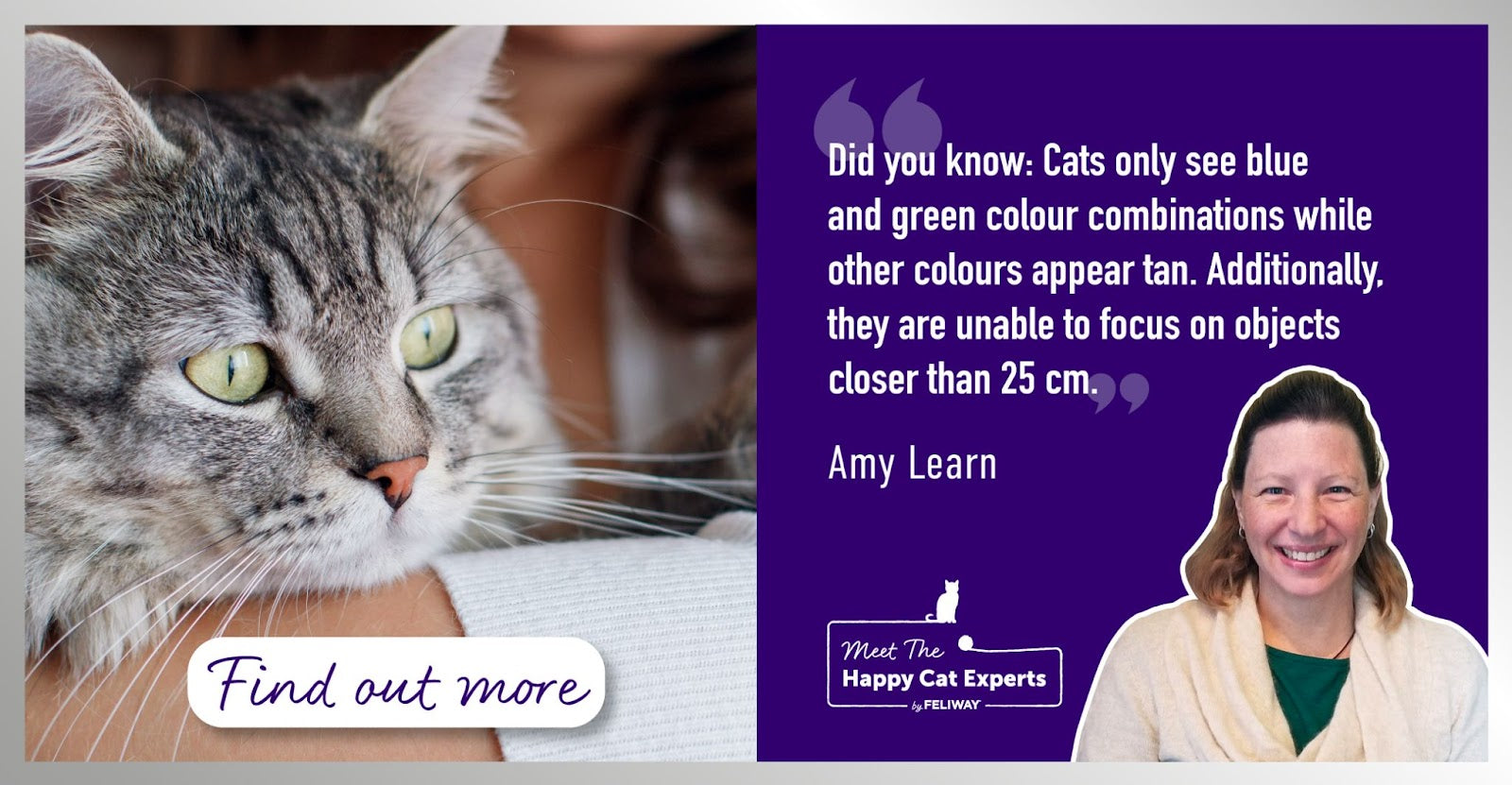
Senses and Our Cats with Happy Cat Expert: Part 1 - Vision in Cats
Have you ever wondered how your pet experiences the world around them? In today's society, our pets are family members; we take care of them and care for them immensely.
In order to understand their needs, it will help to explore how they communicate with us and also how they perceive the world around them.
This blog is one of a five part series from our Happy Cat Expert, delving into how cats use each of their five senses.
The Eyes Have It
As humans, our vision contributes the most information that we receive from our surroundings, and forms the foundation of our stored memories. We gather these details using the specialised structures of the eye and visual pathway. The retina, which lines the back of the eye, processes information using a pair of unique receptors: rods (for vision in dim light) and cones (for evaluating colour). The same is true for our pets.
What's a Cat's Vision Like?
Cats are hunters and so rely on keen sight to track prey, guide their body movements, and apprehend their prey.
Our feline friends have three times more rods than we do and a reflective surface at the back of their eye (tapetum lucidum). These adaptations help them see in poorly-lit conditions. However, their vision does have some limitations.
Cats only see blue and green colour combinations while other colours appear tan. Additionally, they are unable to focus on objects closer than 25 cm. Due to their adaptation for hunting they see moving objects more clearly but have difficulty with those moving slowly.
One strange fact is that because of the position of their eyes, cats have a triangular shaped blind spot right in front of their nose, so if you put a toy or treat there, they will not see it and won't respond.
If you have ever met a Siamese cat, you may have noticed that they have beautiful blue eyes and are cross-eyed (also called medial strabismus). The genes that control pigment in their eyes also affect the visual processing in the brain. Siamese cats lack depth perception and have a decreased visual resolution. There is an increased risk for these cats to develop a progressive retinal condition that causes blindness.
Do Some Cats Like to Watch the TV?
As we have already discussed, cats are great hunters. We don't truly know what they see when they watch TV but they have a higher flicker fusion rate than humans. Put simply, this reflects the fact that a television picture is made up of light waves that fluctuate at a certain rate. This intermittent light appears steady to human photoreceptor cells because the frequency is compatible with how the human brain sees and analyses the light fluctuation. For cats, the picture appears jumpy. A jumpy picture may trigger a cat's curiosity as it could be an item of prey that they would like to catch. Similarly, cats can be sensitive to the flickering of fluorescent lighting even if humans don't notice it.
Vision is Important for Feline Communication
The eyes are also important for observing and signalling emotion. In fact, most of the body language cues and facial signals in cats are meant to bluff away a threat: their fur stands up (piloerection), they arch their back to appear bigger, approach in a sideways manner (broad side first), and open their mouth fully showing all of their teeth.
These are strictly visual cues that are meant to tell an opponent how large and dangerous they are. This communication conveys a message that it is not worth the risk to fight. The Halloween scary cat is the epitome of looking large and dangerous.
Cat Slow Blinking
Cats also communicate with humans. The 2020 article by Humphrey “The role of cat eye narrowing movement in cat-human communication” suggests that narrowing the eyes (squinting or slow blinking) is associated with positive emotional communication and may be in response to their owner's slow blink.
Like humans, our cats rely a great deal on their sense of vision to interact with their environments. This helps them hunt for food; to assess threats or predators; and to be able to communicate with each other. The differences in their senses of vision help to inform differences in their instinctual needs, and likely speak to the amount of time they have been domesticated by humans. Cats do not rely as heavily on their sense of vision as people do, and as we will see in upcoming parts of this blog, they have adapted very specialised other senses as well.
Additional Resources:
Bradshaw, J. W. (2012). The behaviour of the domestic cat. Cabi.
Humphrey, T., Proops, L., Forman, J., Spooner, R., & McComb, K. (2020). The role of cat eye narrowing movements in cat‚ -human communication. Scientific reports, 10(1), 1-8.
Kaas, J. (2005) Serendipity and the Siamese Cat: The Discovery That Genes for Coat and Eye Pigment Affect the Brain, ILAR Journal, Volume 46, Issue 4, Pages 357‚ -363
Ofri, R. (2018) Vision in dogs and cats. DVM360. August 2018, Volume 3, Issue 6


